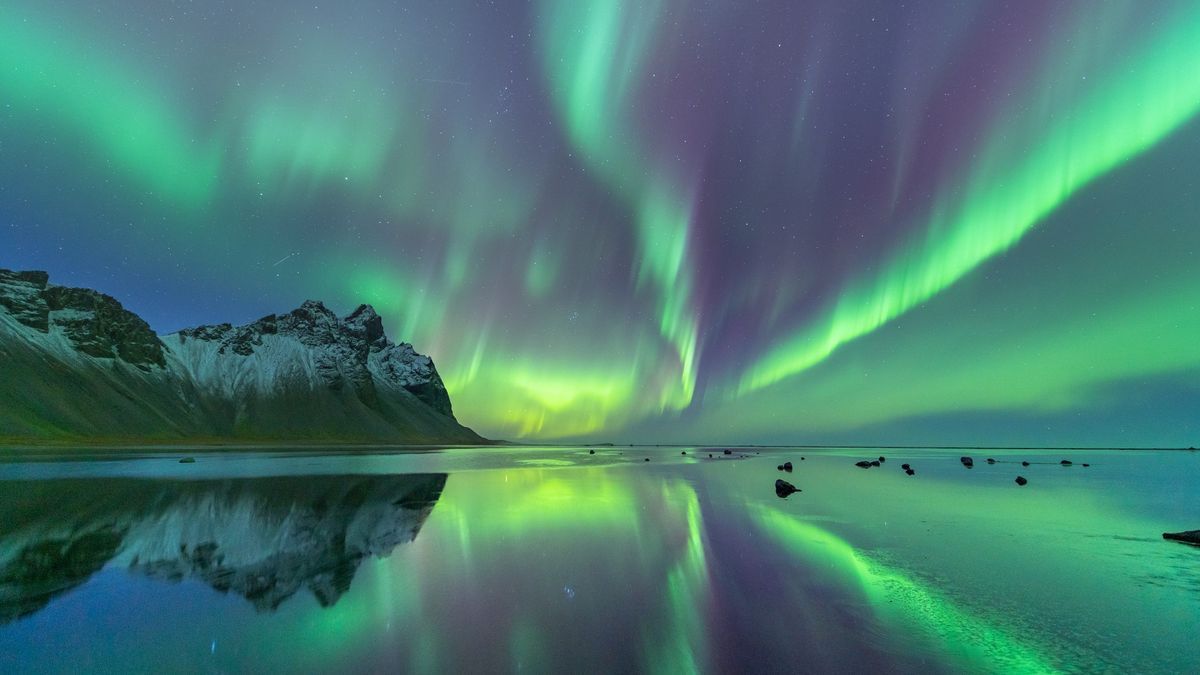The Northern Lights: A Spectacular Show Lighting Up Our Skies

The Northern Lights, also known as the Aurora Borealis, have long been a source of awe and wonder. These ethereal lights, dancing silently in Earth’s upper atmosphere, form iridescent sheets of green, red, and sometimes blue and purple light. Common in polar and sub-polar regions, auroras have recently been putting on dazzling displays as far south as Florida and England.
The Science Behind the Northern Lights
Auroras are caused by the interaction of gases in Earth’s atmosphere with the solar wind: a stream of electrically charged particles, called ions, that shoot out from the sun in all directions. When the solar wind reaches Earth, it slams into the planet’s magnetic field, producing currents of charged particles that flow toward the poles. Some of the ions become trapped in a layer of the atmosphere called the ionosphere, where they collide with gas atoms—primarily oxygen and nitrogen—and “excite” them with extra energy. This energy then gets released as particles of light, or photons.
Why Are We Seeing More Northern Lights?
Our sun has a cycle of activity and as it becomes more active, there will be more sightings of the northern (and southern) lights. That is what is happening this winter. As well as emitting sunlight, our sun has an expanding atmosphere made of charged particles and magnetic fields. A recent increase in solar activity is having an effect on Earth’s magnetic field and the Northern Lights.
The Northern Lights: A Sight to Behold
The Northern Lights have moved further south and have been visible from countries including Germany and Denmark. Americans as far south as Alabama and Northern California could be treated to a show of the northern lights this weekend from a powerful geomagnetic storm heading toward Earth. If the weather conditions are right, people in several areas on a map could look up and see the aurora borealis.
Over the next few years, the Northern Lights will most likely be visible beyond the Earth’s North and South Poles. This is because of changing solar cycles. So, whether you’re in the polar regions or further south, keep your eyes on the skies. You might just catch a glimpse of this breathtaking spectacle.
Want to learn more? Check out these related articles: